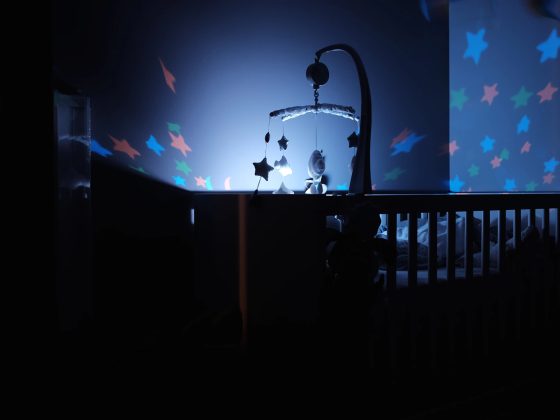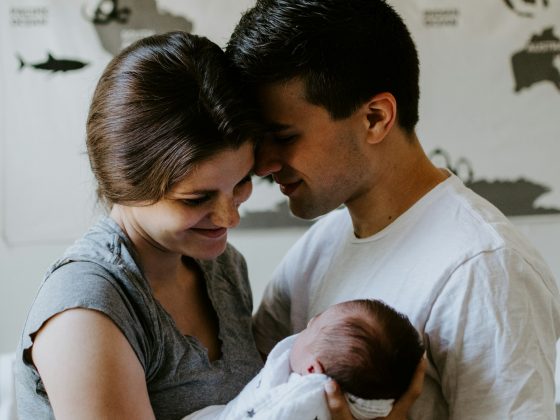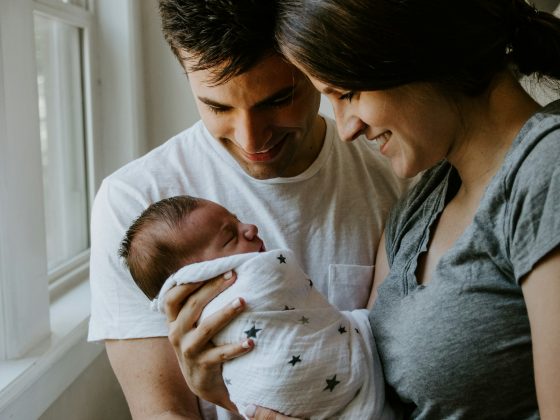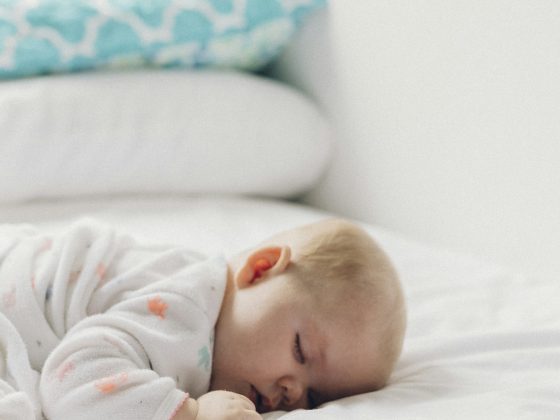Establishing a consistent nightly routine is essential for helping your baby develop healthy sleep habits and promoting restful nights for the entire family. A well-planned bedtime routine not only signals to your baby that it’s time to wind down and prepare for sleep but also provides an opportunity for bonding and relaxation. In this comprehensive guide, we’ll outline the ultimate nightly routine to give your baby the best night’s sleep, from daytime naps to bedtime rituals and creating a conducive sleep environment.
Daytime Naps: Before diving into the nightly routine, let’s address the importance of daytime naps. Adequate daytime sleep is crucial for your baby’s overall well-being and sets the stage for a successful bedtime routine. Aim for age-appropriate nap schedules based on your baby’s developmental stage, ensuring they get enough daytime rest to prevent overtiredness and crankiness come bedtime.
Evening Routine:
- Start Early Evening: Begin your nightly routine in the early evening, allowing ample time to transition your baby from the hustle and bustle of the day to a calm and soothing bedtime environment. Aim to start the routine around the same time each night to establish consistency and predictability for your baby.
- Feed: Whether breastfeeding or formula feeding, start your bedtime routine with a gentle feeding session. A full belly can help your baby feel satisfied and content, making it easier for them to settle down for sleep. Keep the feeding session calm and relaxed, avoiding overstimulation or playtime immediately before bedtime.
- Bath Time: Following the feeding session, incorporate a warm and soothing bath into your nightly routine. Bath time can serve as a calming sensory experience for your baby, helping them relax and unwind before bed. Use gentle baby-safe bath products and maintain a comfortable water temperature to ensure your baby’s safety and comfort.
- Massage: After bath time, consider incorporating a gentle massage into your bedtime routine. Massaging your baby’s delicate skin with a natural, fragrance-free baby oil or lotion can promote relaxation and help soothe any tension or discomfort. Focus on gentle strokes and kneading motions, paying attention to areas such as the back, arms, legs, and feet.
- Dress for Bed: Once your baby is clean and relaxed, dress them in comfortable sleepwear suitable for the current temperature. Opt for breathable fabrics and layering options to ensure your baby stays cozy and comfortable throughout the night. Avoid overdressing or overbundling your baby, as this can lead to overheating and disrupt their sleep.
Bedtime Rituals:
- Dim the Lights: As bedtime approaches, create a calm and peaceful sleep environment by dimming the lights in your baby’s room. Dim lighting helps signal to your baby’s body that it’s time to wind down and prepare for sleep, promoting the production of melatonin, the hormone responsible for regulating sleep-wake cycles.
- Read a Bedtime Story: Reading a bedtime story or singing a lullaby can be a soothing way to bond with your baby and help them relax before bed. Choose gentle, calming stories with soft illustrations and rhythmic language to engage your baby’s senses and encourage a sense of calm and tranquility.
- Offer Comfort and Security: Before placing your baby in their crib or bassinet, take a moment to offer comfort and reassurance. Snuggle your baby close, give them a gentle cuddle or kiss, and offer soothing words of comfort. Creating a sense of security and connection can help your baby feel safe and relaxed as they prepare to drift off to sleep.
Creating a Conducive Sleep Environment:
- Optimal Sleep Surface: Ensure your baby has a safe and comfortable sleep surface that meets the recommendations of pediatric experts. Choose a firm crib mattress with a fitted sheet and avoid soft bedding, pillows, or stuffed animals that pose suffocation hazards. Additionally, ensure the crib or bassinet meets current safety standards and is free from any potential hazards or risks.
- Temperature and Humidity: Maintain a comfortable room temperature and humidity level in your baby’s bedroom to promote restful sleep. The ideal room temperature for sleep is typically between 68 to 72 degrees Fahrenheit (20 to 22 degrees Celsius), while the humidity level should be around 40 to 60 percent. Use a room thermometer and humidifier to monitor and adjust these factors as needed.
- White Noise: Consider using a white noise machine or gentle sound machine to create a soothing background noise that masks disruptive sounds and promotes deeper sleep. White noise mimics the familiar sounds of the womb and can help drown out external noises that may disturb your baby’s sleep. Experiment with different sound options to find the most effective and comforting sound for your baby.
By implementing the ultimate nightly routine outlined in this guide, you can create a calm and nurturing bedtime environment that sets the stage for a restful night’s sleep for your baby. From daytime naps to evening rituals and creating a conducive sleep environment, each step plays a crucial role in helping your baby develop healthy sleep habits and promoting overall well-being. Embrace the nightly routine as an opportunity for bonding, relaxation, and quality sleep for both you and your baby.





